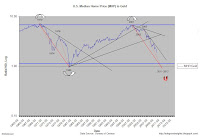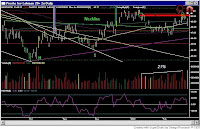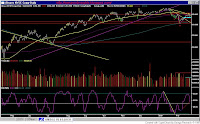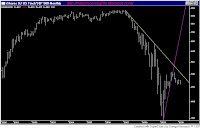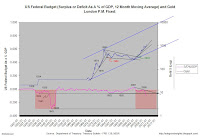Dear friends;
After the pit session trade had already closed for the day in New York, news came out that the IMF was planning on selling the remainder of 403.3 tons of gold, 191.3 to be exact, on the open market. Gold was immediately taken down hard in the thin trading conditions, dropping more than $14 on the day.
There are several things about this that should be noted. First is the timing – it comes on the heels of a resumption of the uptrend in gold with many technical indicators having moved into the buy mode. It also coincides with another brand new all time high in the price of Gold priced in Euro terms at the London PM Fix.
Those of us who have been around the gold market long enough know full well that the timing of this announcement is therefore no coincidence but was timed to attempt to derail the returning bullish sentiment in the yellow metal. Why announce the sale publicly which is guaranteed to receive a lower price for the metal than if the IMF had just quietly sold the metal into the market. This is reminiscent of then Prime Minister Gordon Brown’s announcement that England intended to sell its hoard of gold. That guaranteed that Britain would receive the lowest price possible.
Secondly, China was one-upped by India’s purchase of some 200 tons of gold late last year and got caught flat footed. The spin on this gold sale is that the IMF announcing that they would sell the gold into the open market means that Central Bank demand for gold is not as vibrant as the market was led to believe. That is an interesting tall tale. The simple truth is that Central Banks do not generally buy gold and announce their intentions to do so beforehand. Neither do they tend to buy when prices are moving higher as the momentum based hedge funds do. Time and time again we have seen that the CB’s, buy gold during episodes of price weakness. Once news hit the wire last year that India had bought 200 tons of gold, the price never looked back and shot straight to $1220+. Any Asian Central Bank that missed buying the gold as a result is certainly not going to panic and rush into the market to obtain it. They are waiting for lower prices where they will acquire the metal. To state therefore that Central Bank demand for gold must not be as robust as originally thought is quite shallow analysis.
My view is that this announcement means nothing in the longer term scheme but was rather a cheap trick to take the market lower. We have already seen this week how some noted elites were pooh-poohing gold and trash talking the metal all the while they were acquiring a position in it. Nothing ever changes in this gold market. It is still one of the least transparent markets on the planet and perhaps the most prone to official sector interference.
Do not be disturbed by the news. It is probably going to be a one or two day wonder and then that will be it. Gold will then go back to trading the currencies taking its cues from the action in the Dollar.
Incidentally, this sale is supposedly going to be phased in over an extended period of time. Rest assured, the IMF would love nothing better than to sell the whole 191 tons in one lump sum to another Asian Central Bank.
Respectfully,
Trader Dan
My dear extended family:
I agree fully with Trader Dan's assessment of the IMF statement.
This is a duplicate of the IMF action in the 1970s.
It turned out to be the most positive event as each time the IMG held an auction of their gold they facilitate large investors entry at singular price at net dollars.
It will be no different this time around.
gold will rise because of the IMF selling as it did in the 1970s.
I assure you that history will repeat itself on the same circumstances.
Respectfully,
Jim


